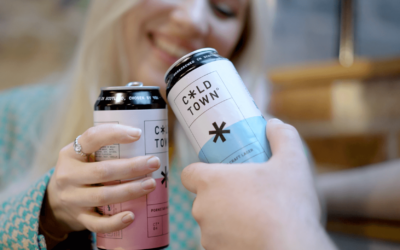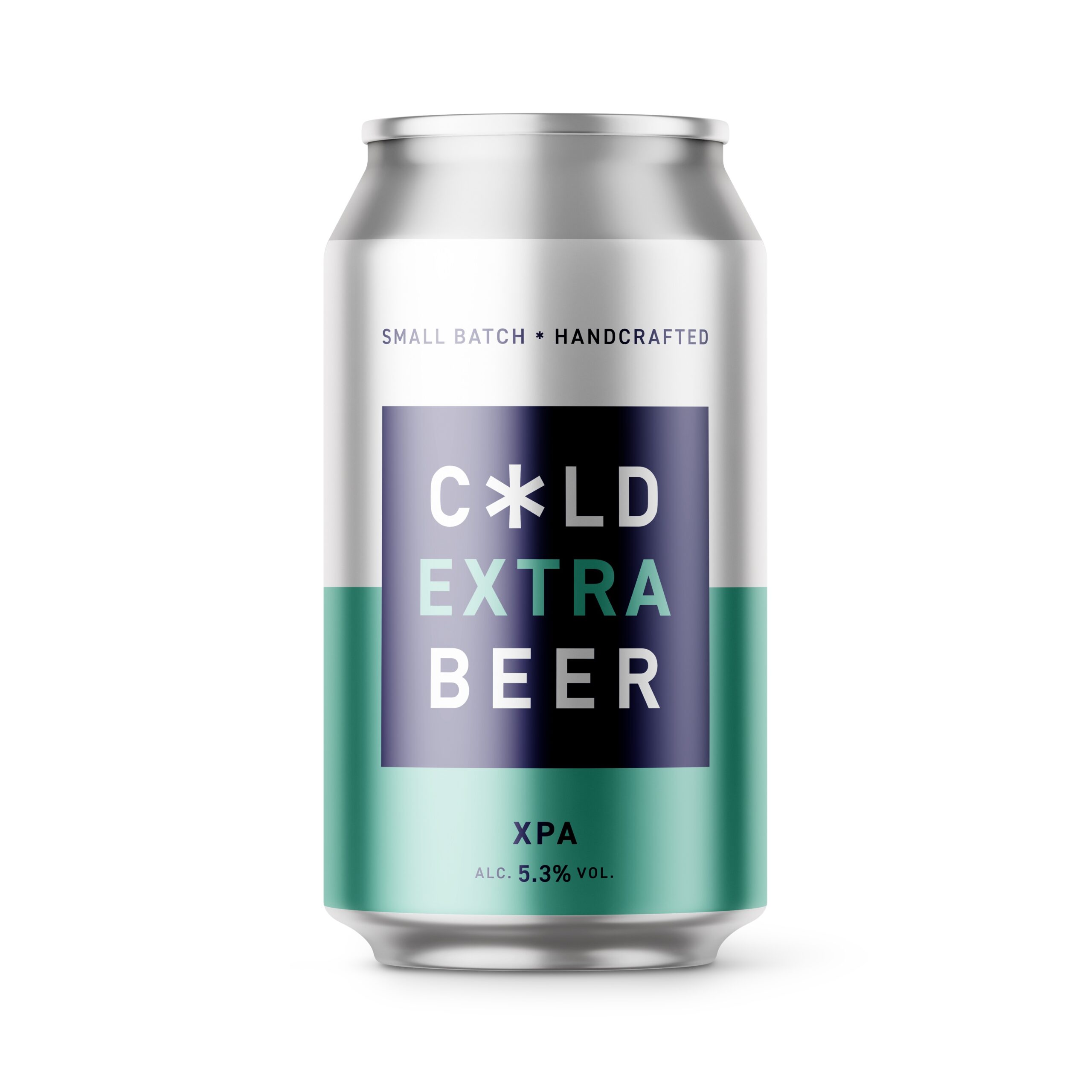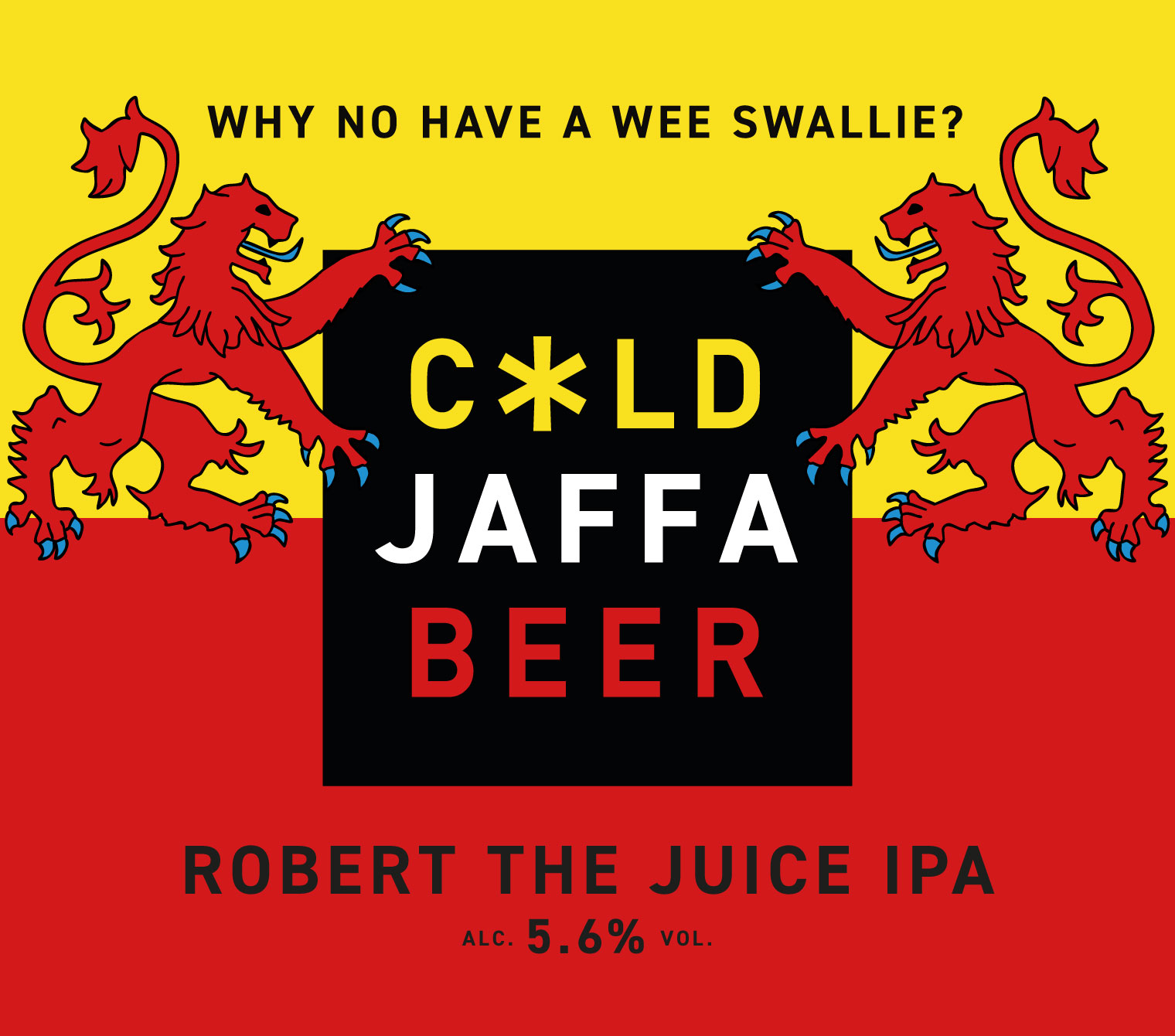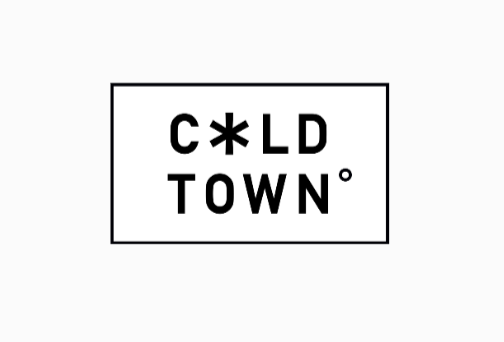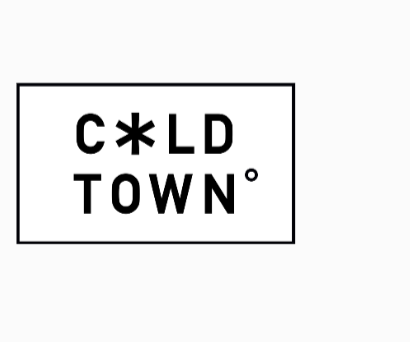IPA – or India Pale Ale to give it its full name – has become one of the most popular styles in Craft Brewing, leading to a load of different tweaks and substyles that can sometimes feel like a bit of a labyrinth. Here we’ll wade through the jargon and bypass the gatekeepers so you can drink your beer in peace! We’ll look at:
- What is Cold IPA?
- What’s the difference between Brut IPA and Cold IPA?
- Is Cold IPA a Lager or IPL?
- Why make a Cold IPA?
What is Cold IPA?
In its simplest form Cold IPA is a hoppy pale ale that is fermented at a colder temperature than usual, making for a crisp and highly drinkable beer with loads of hop flavour and a clean fermentation profile.
While a traditional ale would be fermented at around 20 degrees Celsius, a Cold IPA will be made somewhere between 12 and 15 degrees – this means the yeast has to work a bit harder to turn the sugar in the malt into alcohol so it takes a little longer but we won’t get any of the ripe fruity flavour that ale yeast usually imparts making it feel much lighter and cleaner.
What’s the difference between Brut IPA and Cold IPA?
Brut IPA was a very popular style for a while, although it seems to have died out a bit in recent years. Brut IPA – taking its name from a wine term used to indicate a very dry wine – would use yeast nutrients and enzymes to give the yeast a bit of a boost and let it ferment out all of the possible fermentable sugars in the beer. This made for a very dry and light beer, but it would still have a lot of flavour from the fermentation – in many ways we can see it as a precursor to the Cold IPA, although I’m sure someone will revive it in a few years!
Is Cold IPA a Lager or IPL?
No. Yes. Sort of. The term ‘lager’ (which makes up the ‘L’ in ‘IPL’) refers to the type of yeast used to make it: saccharomyces pastorianus or ‘lager yeast’ for those of you who don’t feel like speaking Latin at work. Lager yeast ferments very cold – between 7-10 degrees usually – over a long period of time and gives very little flavour to the finished beer. Whilst we’re using a similar process in a Cold IPA, we’re using ale yeast (saccharomyces cerevisiae, Latin fans) and pushing it to its limit which gives us a whole other set of flavours – a lemony, sherbet-y freshness that lager yeast won’t give us.
Why make a Cold IPA?
Because it is delicious! Pushing the yeast in this way means that we make a clean and crisp beer that makes the most of the flavours of the hops and adds new dimensions and depths. Brewing has always been about finding the exception to every rule, about ignoring received wisdom in the quest to make something inspiring and – moreover – something that tastes amazing. Cold IPA is just the latest development in a long line of ways brewers have found to use the raw ingredients of beer – malt, hops, water and yeast – and transform them into something astounding.




